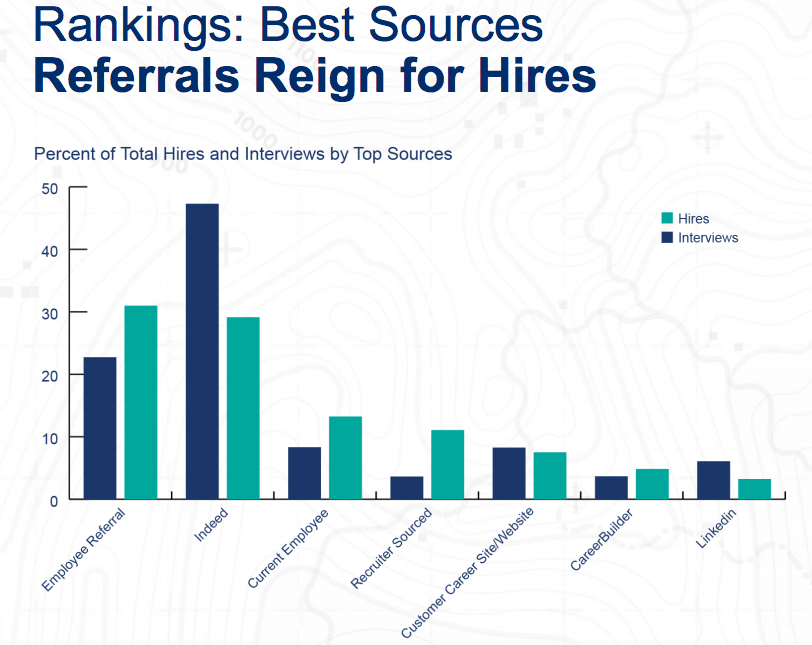Hey, last week I was at WorkHuman powered by Globoforce and they had a new product launch that kind of left many in the audience in tears! How often can you say that about a tech launch – take a look:
So, Life Events is designed to increase the quality of your work relationships. Some of us are lucky enough to have this naturally in our work environments, and we completely take it for granted when we have it.
Here’s what Eric Mosley, Globoforces CEO, had to say about Life Events:
“The lines between an employee’s life and work are constantly blending—more so now than ever before,” said Eric Mosley, CEO of Globoforce. “Our goal through Conversations and Life Events is to encourage more human-focused interactions that help create a community of growth, collaboration, and inclusion. If we work in environments where we can trust our managers to have our best interest top of mind and feel strong connections with our colleagues, we are more likely to actively participate in our success, our colleagues and the companies we work for.”
I truly believe that most people want to live one life. They want to be the same person at work as they are at home. Technology like this helps build that bridge. Job satisfaction, engagement, etc. all tend to rise as we feel we have stronger connections at work.
Does this change the world? No, probably not, but it might just make your work world a little better. I thought it was one of the more unique features I’ve seen in the space for a while and it definitely plays to a workforce that is comfortable with sharing their lives via video. While you might not be, the majority of our upcoming workforce is.
Coming later this year, check it out on the Globoforce platform. (BTW – all the people in the video are actual Globoforce employees, and the story is completely real!)
T3 – Talent Tech Tuesday – is a weekly series here at The Project to educate and inform everyone who stops by on a daily/weekly basis on some great recruiting and sourcing technologies that are on the market. None of the companies who I highlight are paying me for this promotion. There are so many really cool things going on in the tech space and I wanted to educate myself and share what I find. If you want to be on T3 – just send me a note – timsackett@comcast.net

